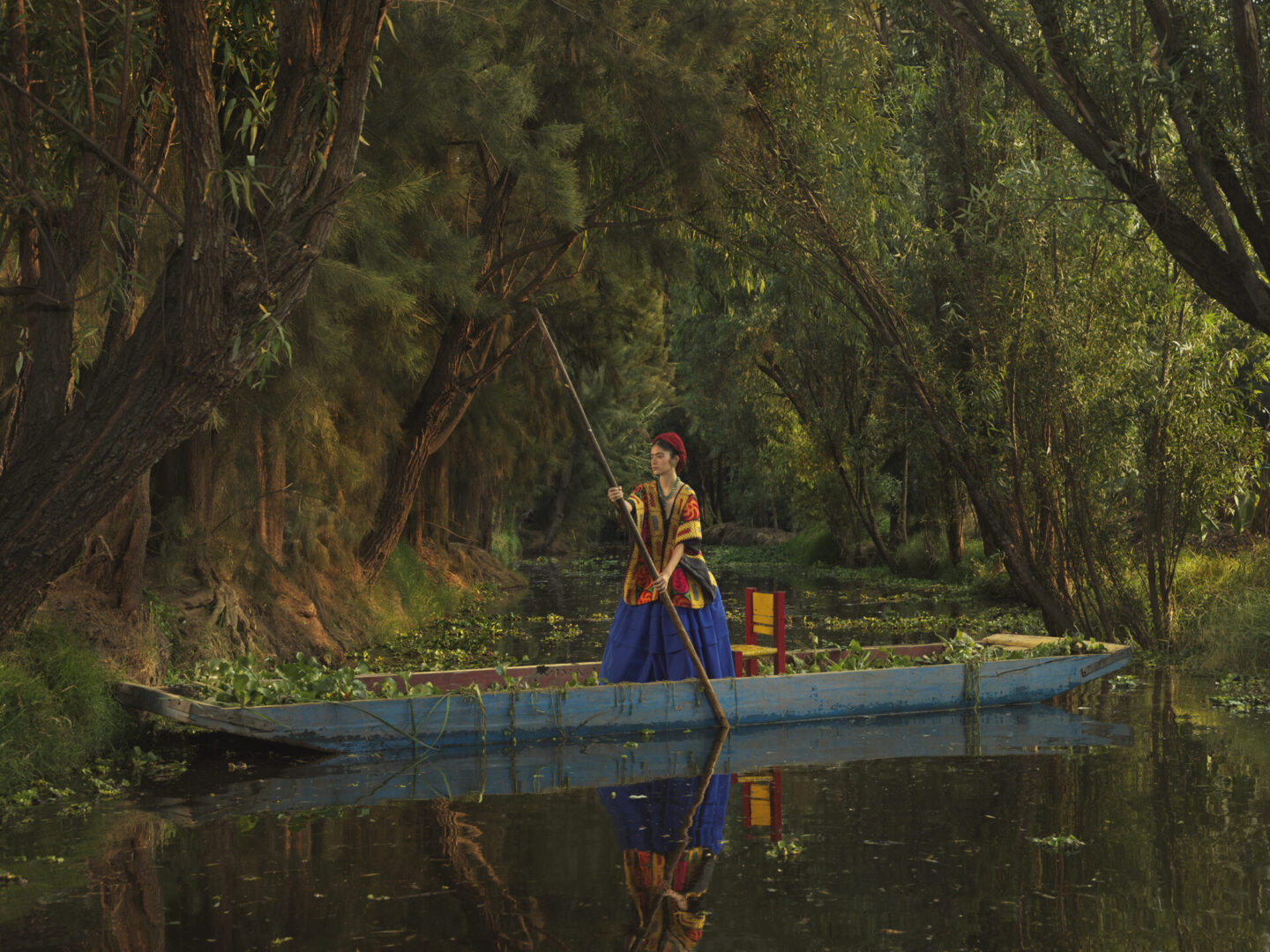Julia Fullerton-Batten’s Tableaux is more than a collection of photographs; it is a meditation on history, memory and identity through the lens of meticulously staged visual storytelling. Drawing on her acclaimed series Old Father Thames and Frida – A Singular Vision of Beauty and Pain, Fullerton-Batten constructs images that hover between historical record and myth, inviting viewers into immersive worlds where light, costume and gesture carry the narrative. Each frame is composed with the precision of a director, a delicate balance that allows moments to feel at once timeless and immediate. Through her practice she demonstrates photography’s capacity to illuminate human experience across time and culture.
In Old Father Thames, Fullerton-Batten turns her attention to the Thames as more than a river, presenting it as a living archive and a stage for centuries of human stories. Drawing on historical research, she reconstructs episodes ranging from Frost Fairs and baptisms to tragedies, crimes and survival narratives. What makes the series compelling is how archival research is transformed into visual storytelling. Each photograph unfolds as a miniature drama, a scene frozen in time yet imbued with immediacy, as if witnessed first-hand. The Thames itself emerges as a character, its waters carrying echoes of human endeavour, whimsy and sorrow. In one image, a lone figure crossing a frost-laden river evokes fragility and resilience. In another, a tableau of revelry or ritual reflects the social and cultural rituals that have animated the waterway for centuries. Fullerton-Batten transforms the river into a conduit for human experience, idiosyncratic, whimsical and often tragic, creating a space where history and imagination meet.
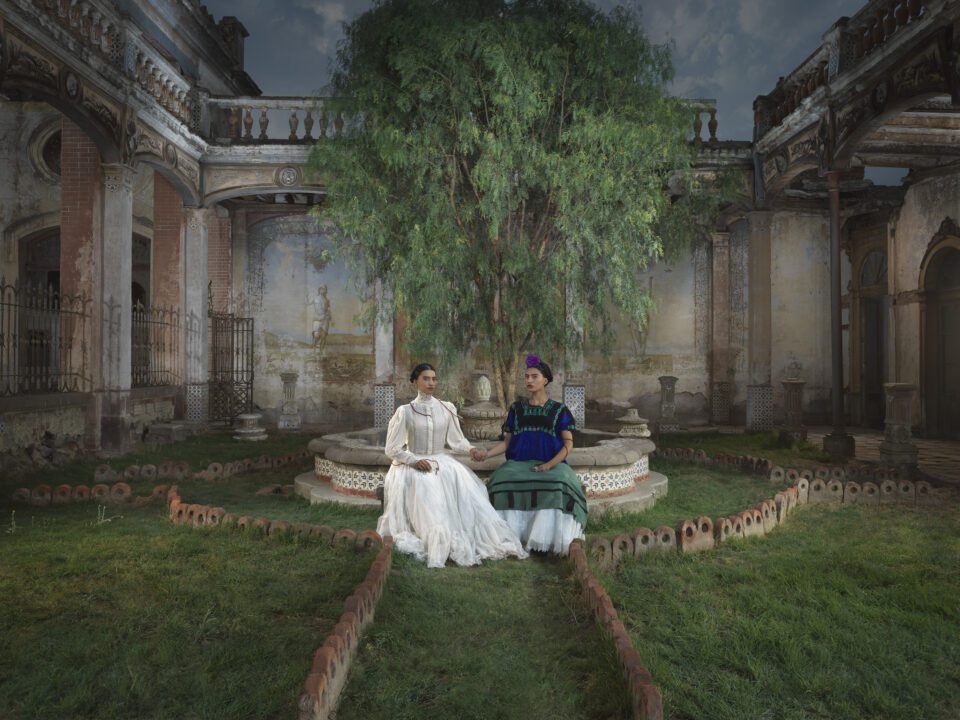
Her series Frida – A Singular Vision of Beauty and Pain explores identity through cultural and artistic legacy. Inspired by the fearless self-expression of Frida Kahlo, Fullerton-Batten works with authentic Tehuana dresses and locations across Mexico, from the vibrant architecture of Luis Barragán to the ethereal canals of Xochimilco. These images are simultaneously homage and invention, celebrating Kahlo’s resilience, beauty and pain while reimagining her within lush contemporary tableaux. In one frame, a figure echoes Kahlo’s iconic posture while floating amid Xochimilco’s vibrant waters, transforming a historical reference into a cinematic dreamscape. Here the personal intersects with the historical, the real with the imagined, offering reflections on identity, legacy and the endurance of the human spirit.
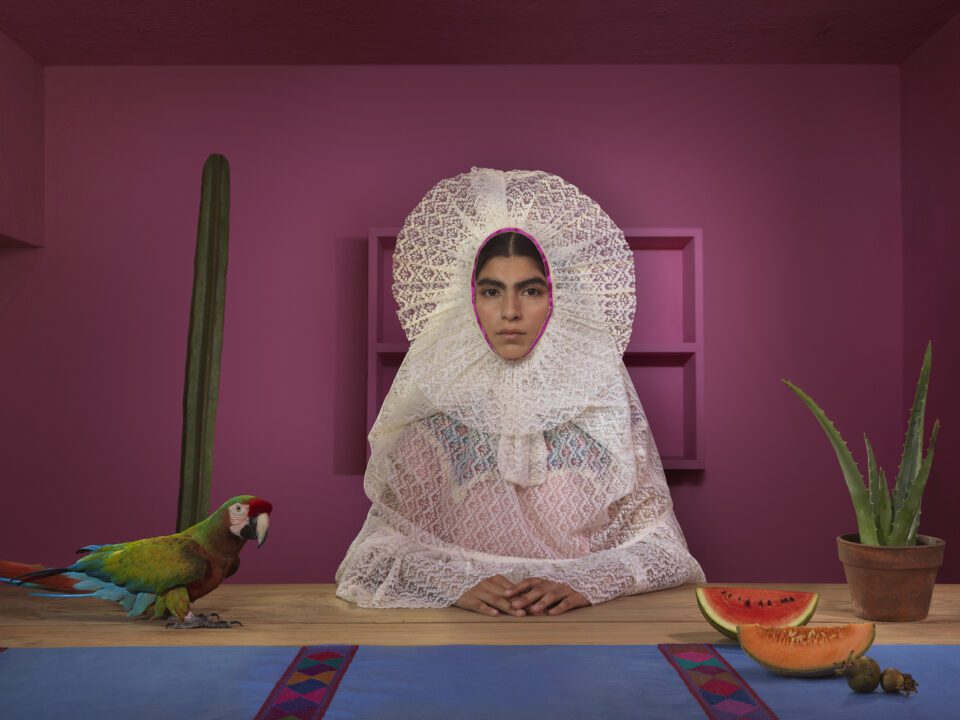
Fullerton-Batten’s work sits within a broader contemporary conversation about staged narrative photography, particularly among female artists interrogating identity, memory and social context. Sophie Calle and LaToya Ruby Frazier provide useful points of comparison, though their approaches illuminate different facets of the medium. Sophie Calle, the French conceptual artist, is known for works that navigate intimacy, vulnerability and the traces people leave behind. In Suite Vénitienne, she follows a stranger through Venice, recording every encounter with meticulous detail, turning observation into narrative performance. In The Hotel, Calle documented the private lives of hotel guests while cleaning their rooms, juxtaposing intrusion and empathy. Like Fullerton-Batten, Calle stages narratives and orchestrates encounters to reveal emotional and psychological truths. A comparison between Calle’s The Hotel and Fullerton-Batten’s Old Father Thameshighlights this approach: while Calle captures the quiet intimacies and everyday gestures of contemporary life, Fullerton-Batten stages historical moments to convey the same immediacy and human vulnerability, showing how narrative construction can bridge past and present.
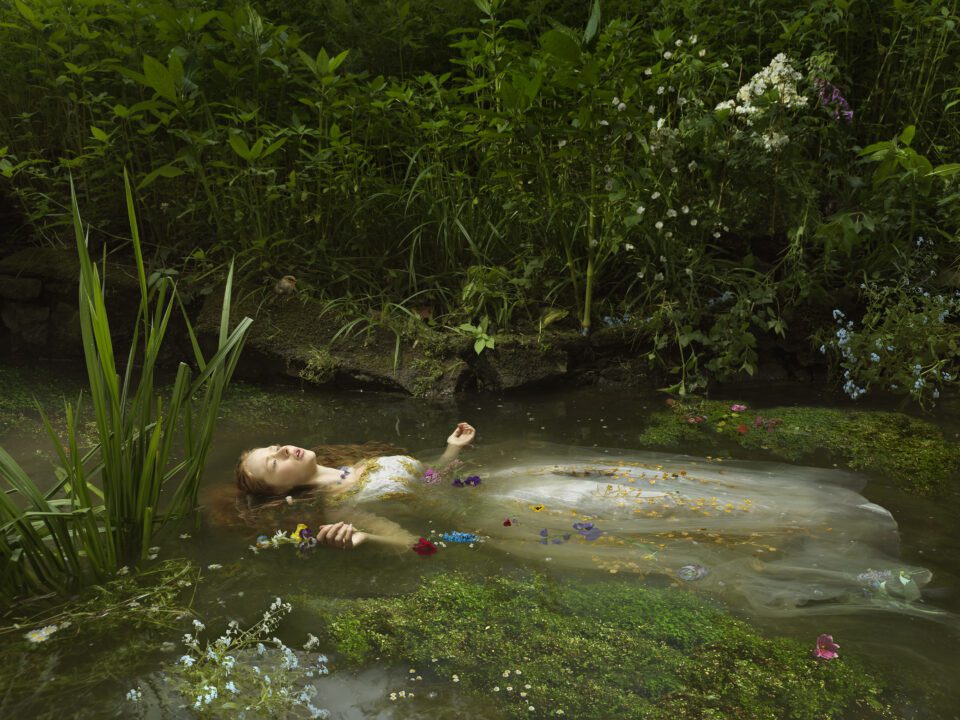
LaToya Ruby Frazier, on the other hand, situates photography in socially and politically charged spaces, blending intimate portraiture with systemic critique. In The Notion of Family, Frazier documents her own family in Braddock, Pennsylvania, highlighting resilience amid economic hardship and environmental decay. Her compositions are both personal and socially resonant, capturing the specificity of lived experience while engaging with larger issues of class, race and place. Comparing Frazier’s work to Fullerton-Batten’s Frida, one sees a shared commitment to emotional truth and staged composition. Both artists place subjects within carefully considered environments – Frazier within the industrial landscape of Braddock, Fullerton-Batten within the canals or architecture of Mexico – to reflect the intersections of personal narrative and broader cultural or historical forces. Both also convey resilience, whether in the face of social inequity or physical and emotional pain, using photography as a tool for empathy.
Fullerton-Batten’s connection to these artists underscores the richness of contemporary female photographic practice, where staged narrative becomes a vehicle for psychological insight, historical exploration and social commentary. Her work bridges cinematic storytelling, historical research and emotional depth, demonstrating how photography can illuminate complex human experiences. Recognition through platforms such as the Aesthetica Art Prize highlights her ability to engage audiences and critics, emphasizing the careful balance she strikes between research and imagination.
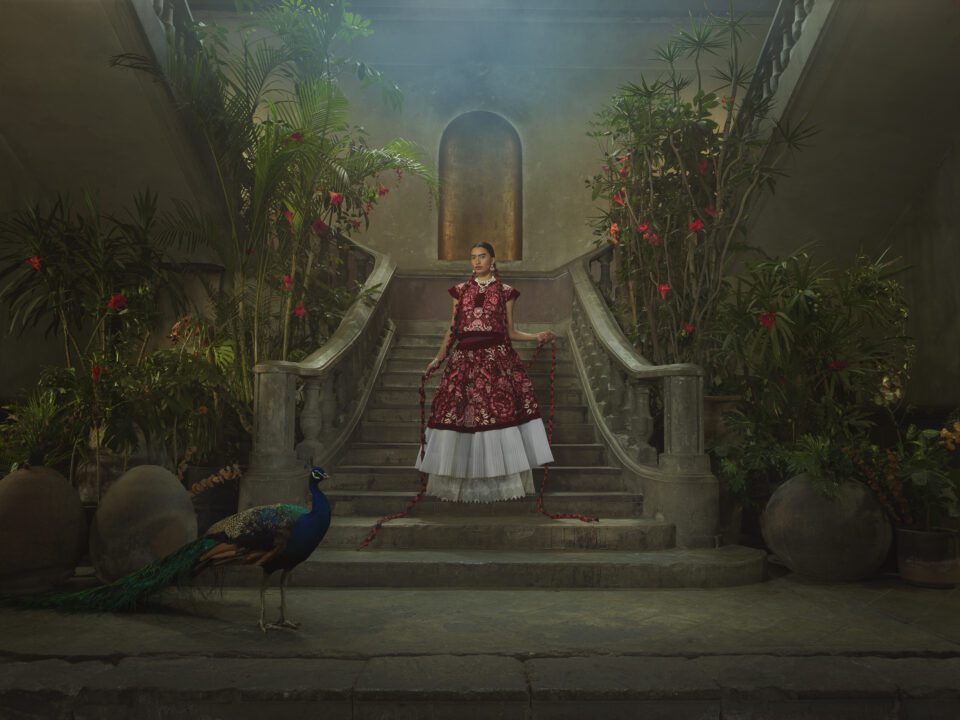
Ultimately, Tableaux asks viewers to consider photography as more than documentation; it is a medium for storytelling, remembrance and cultural reflection. Fullerton-Batten’s staged images possess the emotional, historical and intellectual weight of biography, history and myth combined. Light, costume and gesture create spaces where the viewer can reflect on identity, witness history and engage with the nuanced interplay of personal and collective memory. In these tableaux, Fullerton-Batten transforms history and identity, creating a visual language that is intellectually rigorous and emotionally resonant.
In an era dominated by immediacy and fleeting imagery, Fullerton-Batten’s work reminds us of the power of careful, deliberate creation. Each tableau is an invitation to pause, to enter a constructed world, to connect with the human experiences it portrays. They exist where myth meets memory, where past and present converge, and where human resilience, vulnerability and creativity find full expression. Tableaux situates Julia Fullerton-Batten within a lineage of contemporary female photographers who use the staged image to explore the self and society, alongside the conceptual precision of Sophie Calle and the socially conscious intimacy of LaToya Ruby Frazier, offering work that is as intellectually compelling as it is visually immersive.
Julia Fullerton-Batten: Tableaux is at Fahey/Klein Gallery, Los Angeles until 17 January: faheykleingallery.com
Words: Anna Müller
Image Credits:
1. Chinampas, 2024 © Julia Fullerton-Batten; courtesy of FaheyKlein Gallery, Los Angeles.
2. One of Us © Julia Fullerton-Batten; courtesy of FaheyKlein Gallery, Los Angeles.
3. Resplandor Portrait, 2024 © Julia Fullerton-Batten; courtesy of FaheyKlein Gallery, Los Angeles.
4. Ophelia, 2018 © Julia Fullerton-Batten; courtesy of FaheyKlein Gallery, Los Angeles.
5. Tehuana Dress, 2024 © Julia Fullerton-Batten; courtesy of FaheyKlein Gallery, Los Angeles.


